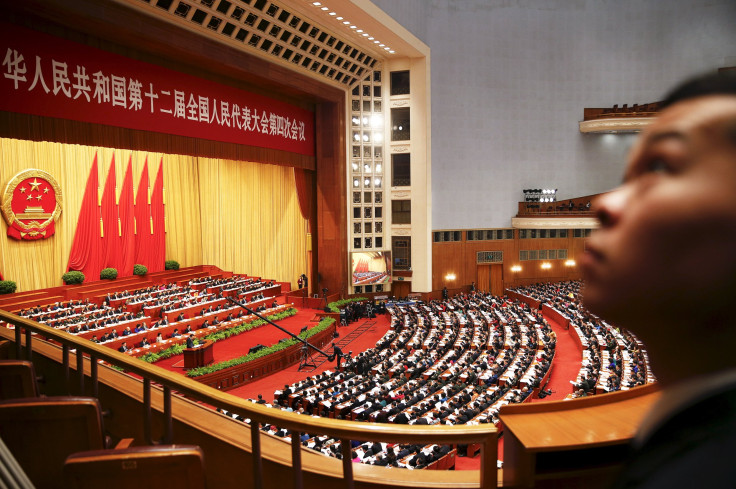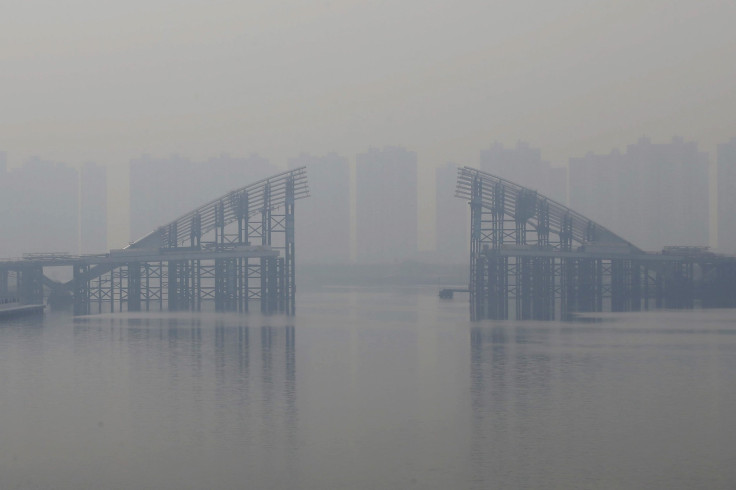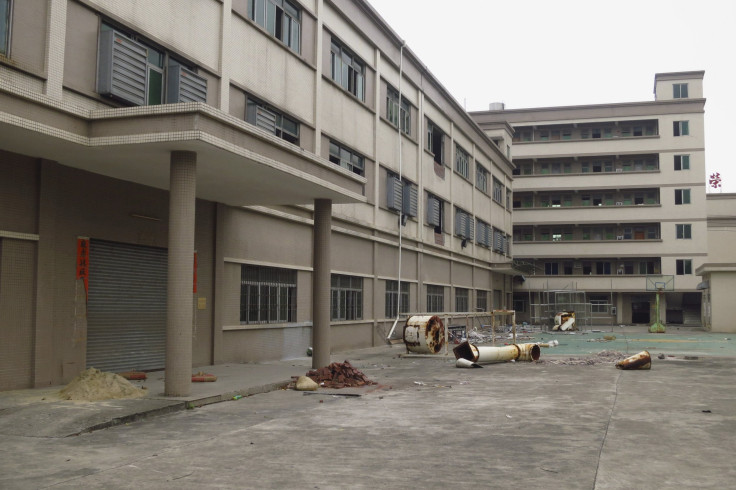China’s New 5-Year Plan Aims At Economic Growth Of 6.5% to 7%, Pushes Industry Reforms

China set an economic growth target of 6.5 percent to 7 percent for 2016 and an average of at least 6.5 percent for the next five years, and will push hard to create more jobs and restructure “zombie” industries, Premier Li Keqiang said Saturday.
Speaking in front to nearly 3,000 delegates at the 2016 plenary session of the ruling National People’s Congress, Li acknowledged the slowing momentum in the world’s second largest economy, citing economic headwinds such as the “change of pace” in growth, weak global demand, fluctuating prices of commodities and rising geopolitical risks.
"Our country's development faces more and greater difficulties and severer challenges this year, so we must be prepared for a tough battle," Li reportedly said before delivering his third annual work report which is seen as the blueprint of China’s economic and fiscal targets for the next five years.
The range target for 2016 — a break from Beijing’s tradition of providing a specific numerical target — would still be one of the slowest in China in the last 25 years. Last year, China targeted a growth of “about 7 percent” and actual gross domestic product (GDP) growth was recorded at 6.9 percent.
To ensure a “reasonable range” of growth in the year, Beijing said it would budget a fiscal deficit of 3 percent of the 2016 GDP, an increase from last year’s budgeted 2.3 percent. It also set a 3 percent growth target for inflation in 2016, the same as last year.

However, some economists had hoped for a fiscal deficit target of closer to 4 percent, citing the need for more aggressive government spending to prop up industrial growth. "The budget deficit of 3 percent is not enough and should be increased," economist and former central bank advisor Yu Yongding told Reuters on the sidelines of the meeting.
Saturday’s plan outlined proposals to spend about 800 billion yuan ($122.9 billion) for railway construction this year and another 1.65 trillion yuan ($252.9 billion) for road construction. Beijing also said it plans to increase military spending in 2016 by 7.6 percent, its slowest rate of increase in six years.
The Chinese premier reiterated government efforts to shift the economy towards consumption and services as Beijing tries to wean itself away from its decades-long dependence on manufacturing and exports.
Li addressed the problem of overcapacity in many of China's industries which led to factories sitting idle, and said: “We will address the issue of zombie enterprises proactively yet prudently by using measures such as mergers, reorganizations, debt restructuring and bankruptcy liquidations.” Policymakers will look to cut excess production and jobs by 10 percent as part of supply side reforms in the next five years.

While Li said about 10 million jobs would be generated in urban areas by 2020 and unemployment would be kept below 4.5 percent in cities, economists have projected that any meaningful restructuring of China’s excess production could cost jobs in the short-term, along with a decline in economic output.
“The critical issue for me is how deep and aggressive this restructuring process will be and how quickly it will be implemented,” Adam Slater, an economist with Oxford Economics, told the Wall Street Journal.
Li also pledged to further reform the country’s financial market, liberalize interest rate policy and control “abnormal flow of cross-border capital effectively” this year.
“We are concerned, as it is intrinsically difficult to consolidate production capacity while carrying out stimulus,” Mizuho Securities Asia Ltd. economist Jianguang Shen said in a research note cited by the Journal.
© Copyright IBTimes 2025. All rights reserved.




















